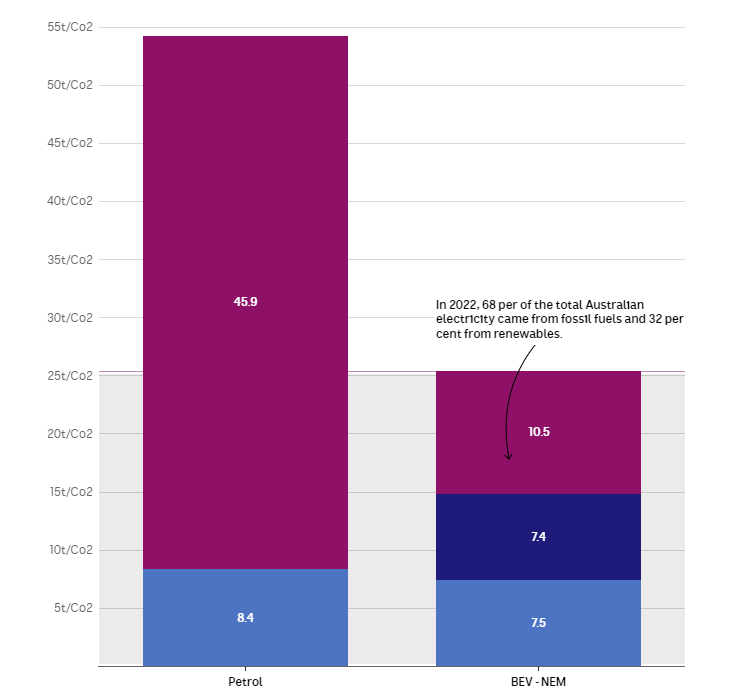
After often encountering the challenge of integrating ESD (Environmentally Sustainable Design) where budgets are tight, it is pleasing to complete another project where ESD has saved the job money.
We did this by understanding what the energy consumption of the new development is expected to be, and recommending the ideal solar installation size so we are not oversizing the solar and routinely exporting power to the grid for a small return.
We also spoke to the engineers to understand the sustainability features of their designs, and encouraged additional low cost features that impact energy saving behaviour, worked with the architect to provide low embodied carbon and less expensive materials options, discussed with the design team measures to ensure the site addressed Climate Resilience, discussed with local contractors the available waste minimisation solutions so as to not impose impossible requirements on the builder, and more.
We built up a framework that delivers sensible but leading ESD solutions that went beyond the predominantly energy efficiency focus of Section J assessments, and was much simpler to deliver than the large project suitable Green Star, Living Building Challenge or One Planet Living frameworks.
It is rewarding to save money for the taxpayers while delivering on state government policy requirements.



